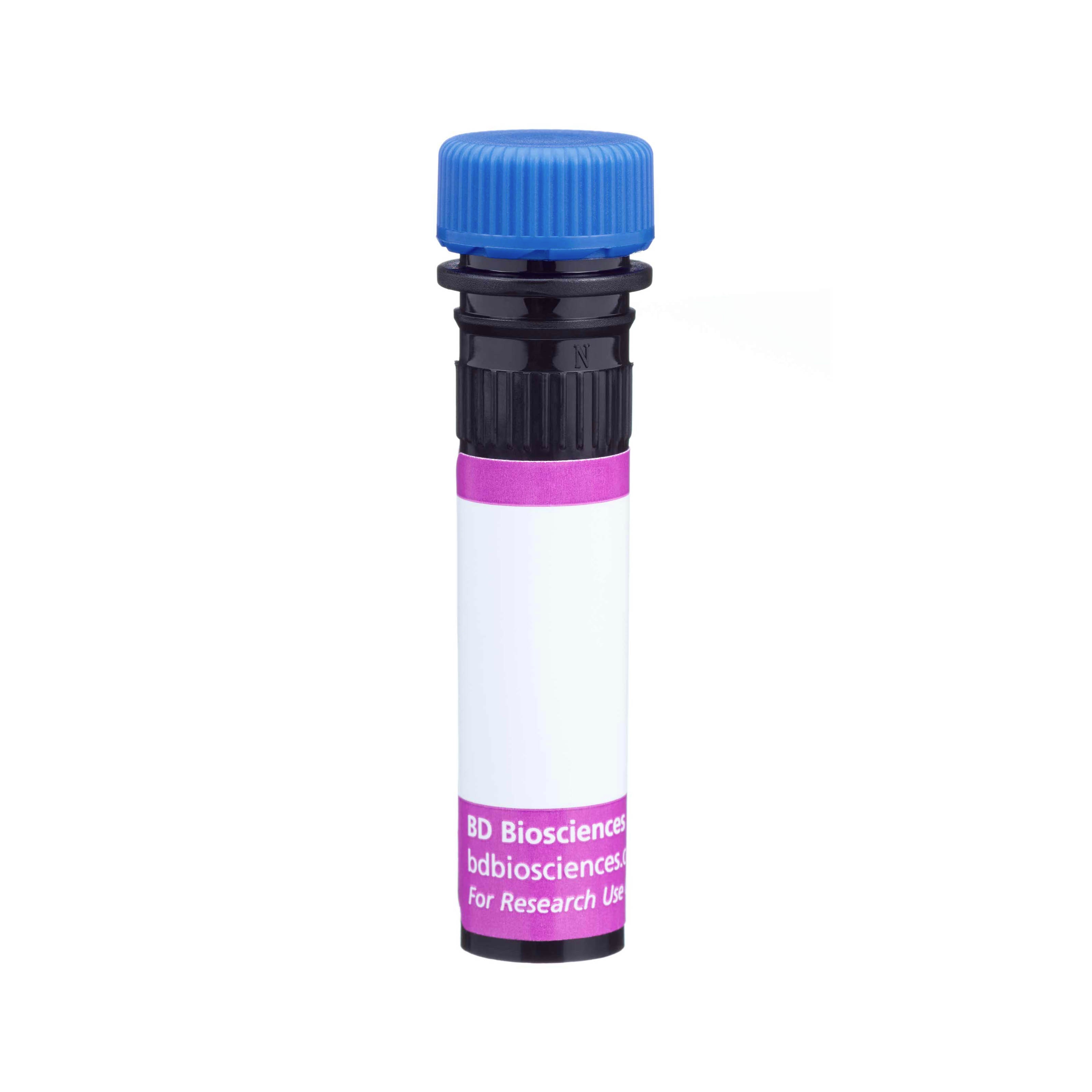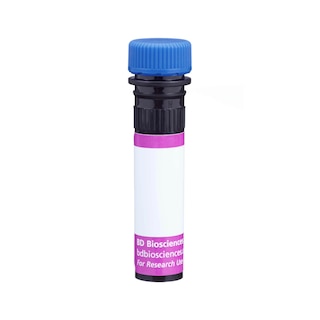-
抗体試薬
- フローサイトメトリー用試薬
-
ウェスタンブロッティング抗体試薬
- イムノアッセイ試薬
-
シングルセル試薬
- BD® AbSeq Assay
- BD Rhapsody™ Accessory Kits
- BD® OMICS-One Immune Profiler Protein Panel
- BD® Single-Cell Multiplexing Kit
- BD Rhapsody™ TCR/BCR Next Multiomic Assays
- BD Rhapsody™ Targeted mRNA Kits
- BD Rhapsody™ Whole Transcriptome Analysis (WTA) Amplification Kit
- BD® OMICS-Guard Sample Preservation Buffer
- BD Rhapsody™ ATAC-Seq Assays
- BD® OMICS-One Protein Panels
-
細胞機能評価のための試薬
-
顕微鏡・イメージング用試薬
-
細胞調製・分離試薬
-
- BD® AbSeq Assay
- BD Rhapsody™ Accessory Kits
- BD® OMICS-One Immune Profiler Protein Panel
- BD® Single-Cell Multiplexing Kit
- BD Rhapsody™ TCR/BCR Next Multiomic Assays
- BD Rhapsody™ Targeted mRNA Kits
- BD Rhapsody™ Whole Transcriptome Analysis (WTA) Amplification Kit
- BD® OMICS-Guard Sample Preservation Buffer
- BD Rhapsody™ ATAC-Seq Assays
- BD® OMICS-One Protein Panels
- Japan (Japanese)
-
Change country/language
Old Browser
Looks like you're visiting us from United States.
Would you like to stay on the current country site or be switched to your country?
BD Horizon™ BV421 Mouse Anti-Human CD66
クローン B1.1/CD66 (RUO)

Flow cytometric analysis of CD66 expression on human peripheral blood granulocytes. Whole blood was stained with BD Horizon™ BV421 Mouse Anti-Human CD66 antibody (Cat. No. 562741; solid line histogram), or with a BD Horizon™ BV421 Mouse IgG2a, κ Isotype Control (Cat. No. 562439; dashed line histogram). Erythrocytes were lysed with BD Pharm Lyse™ Lysing Buffer (Cat. No. 555899). The fluorescence histograms were derived from gated events with the forward and side light-scatter characteristics of viable granulocytes. Flow cytometry was performed using a BD™ LSR II Flow Cytometer System.


Flow cytometric analysis of CD66 expression on human peripheral blood granulocytes. Whole blood was stained with BD Horizon™ BV421 Mouse Anti-Human CD66 antibody (Cat. No. 562741; solid line histogram), or with a BD Horizon™ BV421 Mouse IgG2a, κ Isotype Control (Cat. No. 562439; dashed line histogram). Erythrocytes were lysed with BD Pharm Lyse™ Lysing Buffer (Cat. No. 555899). The fluorescence histograms were derived from gated events with the forward and side light-scatter characteristics of viable granulocytes. Flow cytometry was performed using a BD™ LSR II Flow Cytometer System.

Flow cytometric analysis of CD66 expression on human peripheral blood granulocytes. Whole blood was stained with BD Horizon™ BV421 Mouse Anti-Human CD66 antibody (Cat. No. 562741; solid line histogram), or with a BD Horizon™ BV421 Mouse IgG2a, κ Isotype Control (Cat. No. 562439; dashed line histogram). Erythrocytes were lysed with BD Pharm Lyse™ Lysing Buffer (Cat. No. 555899). The fluorescence histograms were derived from gated events with the forward and side light-scatter characteristics of viable granulocytes. Flow cytometry was performed using a BD™ LSR II Flow Cytometer System.



Regulatory Statusの凡例
Any use of products other than the permitted use without the express written authorization of Becton, Dickinson and Company is strictly prohibited.
Preparation and Storage
Product Notices
- This reagent has been pre-diluted for use at the recommended Volume per Test. We typically use 1 × 10^6 cells in a 100-µl experimental sample (a test).
- An isotype control should be used at the same concentration as the antibody of interest.
- Brilliant Violet™ 421 is a trademark of Sirigen.
- Pacific Blue™ is a trademark of Molecular Probes, Inc., Eugene, OR.
- Source of all serum proteins is from USDA inspected abattoirs located in the United States.
- Caution: Sodium azide yields highly toxic hydrazoic acid under acidic conditions. Dilute azide compounds in running water before discarding to avoid accumulation of potentially explosive deposits in plumbing.
- For fluorochrome spectra and suitable instrument settings, please refer to our Multicolor Flow Cytometry web page at www.bdbiosciences.com/colors.
- Please refer to www.bdbiosciences.com/us/s/resources for technical protocols.
関連製品



The B1.1 monoclonal antibody binds to several glycosylphosphatidylinositol-anchored glycoproteins present on granulocytes and epithelial cells. As reported in the Sixth International Workshop and Conference on Human Leucocyte Differentiation Antigens, the B1.1 antibody recognized CD66a (CEACAM1), CD66c (CEACAM6), CD66d (CEACAM3) and CD66e (CEACAM5). CD66 antigens belong to the carcinoembryonic antigen (CEA) family of molecules that are closely related to the immunoglobulin superfamily of glycoproteins. Studies on CD66 molecules suggest a potential adhesion function in vivo. These molecules exhibit both homophilic and heterophilic adhesion. CEA family members may be involved in transmembrane signaling and activation of neutrophils.
The antibody was conjugated to BD Horizon™ BV421 which is part of the BD Horizon™ Brilliant Violet™ family of dyes. With an Ex Max of 407-nm and Em Max at 421-nm, BD Horizon™ BV421 can be excited by the violet laser and detected in the standard Pacific Blue™ filter set (eg, 450/50-nm filter). BD Horizon™ BV421 conjugates are very bright, often exhibiting a 10 fold improvement in brightness compared to Pacific Blue™ conjugates.
Development References (10)
-
Colcher D, Hand PH, Nuti M, Schlom J. Differential binding to human mammary and nonmammary tumors of monoclonal antibodies reactive with carcinoembryonic antigen. Cancer Invest. 1983; 1(2):127-138. (Immunogen: Immunohistochemistry, Immunoprecipitation, Radioimmunoassay). View Reference
-
Kishimoto T. Tadamitsu Kishimoto .. et al., ed. Leucocyte typing VI : white cell differentiation antigens : proceedings of the sixth international workshop and conference held in Kobe, Japan, 10-14 November 1996. New York: Garland Pub.; 1997.
-
Kuroki M, Arakawa F, Matsuo Y, et al. Molecular cloning of nonspecific cross-reacting antigens in human granulocytes. J Biol Chem. 1991; 266(18):11810-11817. (Biology). View Reference
-
Kuroki M, Matsuo Y, Matsuoka Y. CD66 family Workshop: Reactivity of the CD66 Panel of monoclonal antibodies with soluble and membrane bound recombinant CD66 antigens. In: Kishimoto T. Tadamitsu Kishimoto .. et al., ed. Leucocyte typing VI : white cell differentiation antigens : proceedings of the sixth international workshop and conference held in Kobe, Japan, 10-14 November 1996. New York: Garland Pub.; 1997:1009-1010.
-
Maruyama K, Selmani Z, Ishii H, et al. Flt3 ligand enhances anti-tumor effects of antibody therapeutics. Int Immunopharmacol. 2012; 12:481-486. (Clone-specific: Flow cytometry). View Reference
-
Nagel G, Grunert F, Kuijpers TW, Watt SM, Thompson J, Zimmermann W. Genomic organization, splice variants and expression of CGM1, a CD66-related member of the carcinoembryonic antigen gene family. Eur J Biochem. 1993; 214(1):27-35. (Biology). View Reference
-
Schlossman SF. Stuart F. Schlossman .. et al., ed. Leucocyte typing V : white cell differentiation antigens : proceedings of the fifth international workshop and conference held in Boston, USA, 3-7 November, 1993. Oxford: Oxford University Press; 1995.
-
Skubitz KM, Grunert F, Jantscheff P, Kuroki M, Skubitz APN. CD66 family Workshop Panel report. In: Kishimoto T. Tadamitsu Kishimoto .. et al., ed. Leucocyte typing VI : white cell differentiation antigens : proceedings of the sixth international workshop and conference held in Kobe, Japan, 10-14 November 1996. New York: Garland Pub.; 1997:992-1000.
-
Szpak CA, Johnston WW, Lottich SC, Kufe D, Thor A, Schlom J. Patterns of reactivity of four novel monoclonal antibodies (B72.3, DF3, B1.1 and B6.2) with cells in human malignant and benign effusions. Acta Cytol. 1984; 28(4):356-367. (Clone-specific: Immunohistochemistry). View Reference
-
Thompson JA, Grunert F, Zimmermann W. Carcinoembryonic antigen gene family: molecular biology and clinical perspectives. J Clin Lab Anal. 1991; 5(5):344-366. (Biology). View Reference
Please refer to Support Documents for Quality Certificates
Global - Refer to manufacturer's instructions for use and related User Manuals and Technical data sheets before using this products as described
Comparisons, where applicable, are made against older BD Technology, manual methods or are general performance claims. Comparisons are not made against non-BD technologies, unless otherwise noted.
For Research Use Only. Not for use in diagnostic or therapeutic procedures.